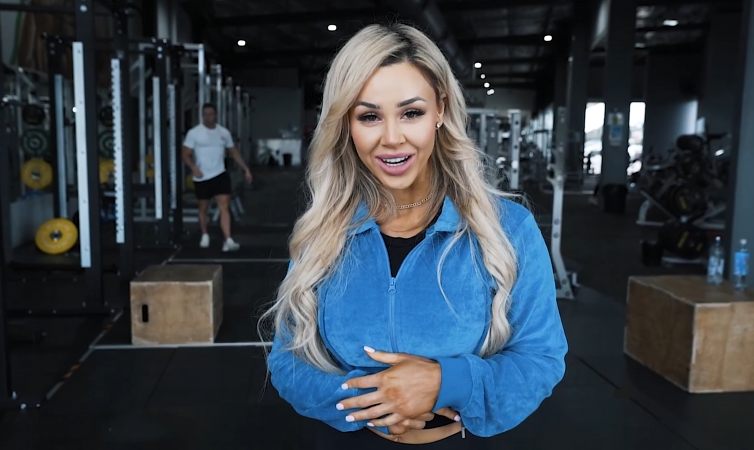
A full body workout is a training session that targets all major muscle groups in a single session. It’s efficient, balanced, and ideal for beginners, busy individuals, or anyone looking to improve overall fitness. But creating an effective full body workout takes more than just stringing together random exercises. It requires proper structure to ensure you build strength, endurance, and flexibility while minimizing the risk of injury.
In this guide, we’ll break down exactly how to structure a full body workout that delivers results.
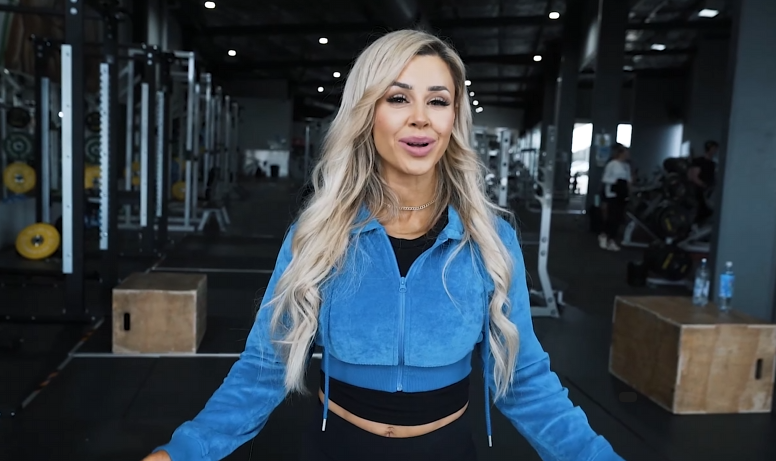
Benefits of Full Body Workouts
Before diving into structure, let’s look at why full body workouts are so popular:
- Efficiency: Train your entire body in one session, making it ideal for tight schedules.
- Frequency: Because you’re hitting each muscle group every workout, you can train less frequently and still make gains.
- Recovery: Full body routines give each muscle group more recovery time between sessions.
- Fat Loss: They burn more calories due to the high demand on multiple muscle groups.
- Balanced Development: Prevents overtraining some muscles while neglecting others.
Key Elements of a Full Body Workout
To build an effective full body routine, you need to include exercises that target all the major areas:
- Lower Body (quads, hamstrings, glutes, calves)
- Upper Body Pull (back, biceps)
- Upper Body Push (chest, shoulders, triceps)
- Core (abs, obliques, lower back)
- Stabilizers and mobility (shoulders, hips, etc.)

Step-by-Step Structure
Step 1: Warm-Up (5–10 Minutes)
A dynamic warm-up prepares your muscles and joints for movement, increases heart rate, and helps prevent injury.
Examples:
- Arm circles, leg swings, torso twists
- Jumping jacks, high knees
- Light jogging or cycling
- Bodyweight squats or lunges
Step 2: Compound Movements First (15–20 Minutes)
These are multi-joint exercises that work several muscles at once. They build strength, muscle, and coordination.
Pick 2-3 of the following:
- Squats: (barbell, goblet, or bodyweight) for legs and core
- Deadlifts: for hamstrings, glutes, and back
- Bench Press or Push-Ups: for chest, triceps, and shoulders
- Overhead Press: for shoulders and arms
- Pull-Ups or Rows: for back and biceps
Sets/Reps: 3–4 sets of 6–10 reps
Step 3: Isolation or Accessory Work (10–15 Minutes)
After compound lifts, use targeted movements to strengthen specific muscles or work on weaknesses.
Examples:
- Bicep curls, triceps extensions
- Leg curls or extensions
- Lateral raises, face pulls
- Calf raises
Sets/Reps: 2–3 sets of 10–15 reps
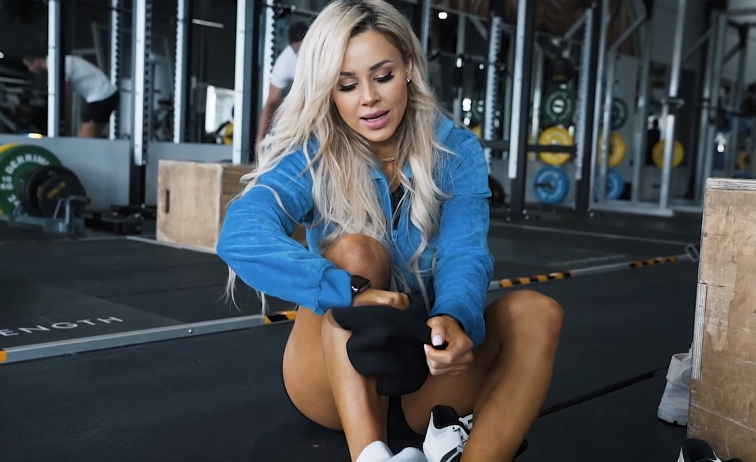
Step 4: Core Training (5–10 Minutes)
A strong core supports posture, improves lifting mechanics, and protects your spine.
Examples:
- Planks (front and side)
- Hanging leg raises
- Russian twists
- Ab wheel rollouts
Sets/Reps: 2–4 sets of 30 seconds or 10–15 reps
Step 5: Conditioning or Finisher (Optional)
Add this at the end to increase endurance and fat burning.
Ideas:
- HIIT: Sprint intervals, kettlebell swings, jump rope
- EMOM (Every Minute On the Minute): Pick 1-2 exercises and perform them at the top of every minute
- AMRAP (As Many Rounds As Possible): Choose 3-4 moves and complete as many rounds in 10 minutes
Step 6: Cool Down and Stretch (5–10 Minutes)
Don’t skip this part. Stretching reduces soreness and helps with recovery.
Focus Areas:
- Hamstrings, quads, calves
- Chest and shoulders
- Back and neck
Techniques:
- Static stretching
- Foam rolling
- Deep breathing
Sample Full Body Workout
Warm-Up:
- 3 minutes of light cardio
- Dynamic stretches for hips, shoulders, and spine
Main Workout:
- Barbell Squat – 4×8
- Bench Press – 3×8
- Barbell Row – 3×10
- Lateral Raises – 3×12
- Hammer Curls – 3×12
- Plank – 3 sets x 45 seconds
- Jump Rope – 3 rounds x 1 minute
Cool-Down:
- Stretch all major muscle groups
- Foam roll quads, glutes, and back
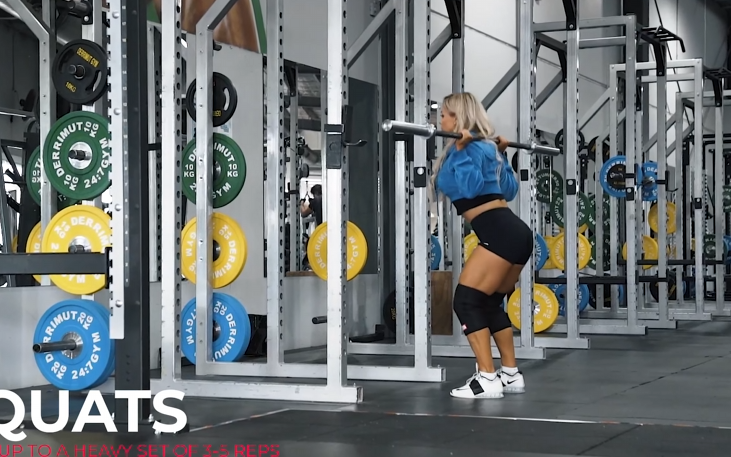
How Often Should You Do Full Body Workouts?
Beginners: 2–3 times per week with at least one rest day in between. Intermediate: 3–4 times per week, alternating intensity. Advanced: 4+ times per week with varying focus each day (strength, endurance, hypertrophy).
Tips for Success
- Track Your Progress: Keep a journal or app to log your weights, sets, and reps.
- Focus on Form: Quality over quantity. Good form prevents injuries and leads to better results.
- Rest Between Sets: 60-90 seconds for moderate intensity, 30-45 seconds for high volume.
- Eat Right: Support your workouts with balanced nutrition. Protein for muscle repair, carbs for energy.
- Hydrate: Muscles work best when hydrated.
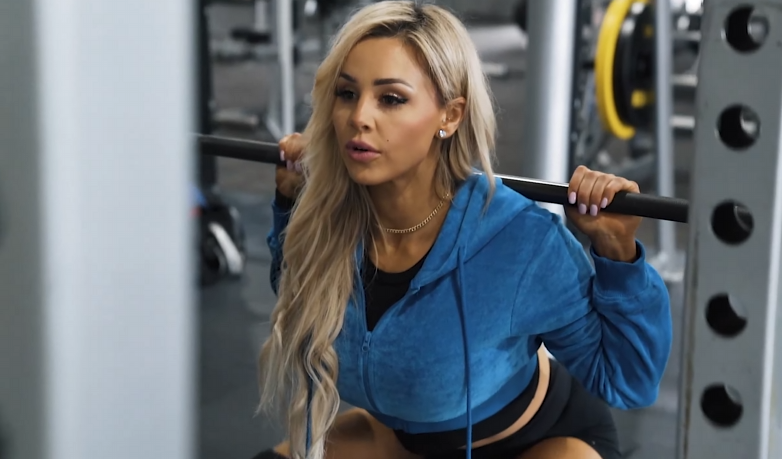
Adjusting for Goals
- For Strength: Focus more on heavy compound lifts with lower reps (3-6).
- For Muscle Growth (Hypertrophy): Moderate reps (8-12) with more volume.
- For Fat Loss: Add more conditioning and keep rest times shorter.
- For General Fitness: Mix strength and cardio with full body circuits.
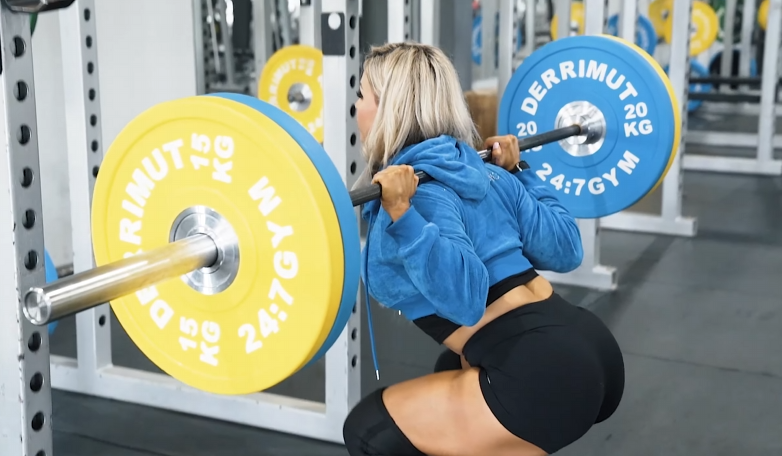
Final Thoughts
A well-structured full body workout balances efficiency, effectiveness, and versatility. Whether you’re new to fitness or a seasoned lifter, full body routines offer a powerful way to build muscle, burn fat, and improve health. Focus on compound movements, target every muscle group, and adjust the volume to match your goals. Combine this with smart nutrition and consistent effort, and you’ll be on your way to a stronger, fitter you.
Remember: progress doesn’t happen overnight. Stick to the plan, track your results, and enjoy the journey!



